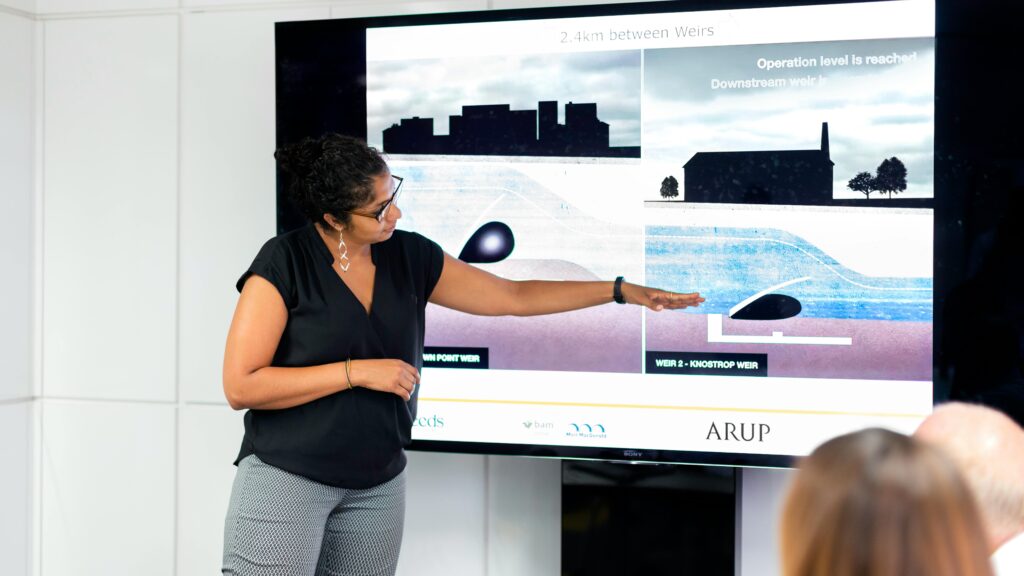As a Requirements Engineer, my role centers on understanding stakeholder needs and guiding projects with clarity and purpose. Yet, balancing diverse viewpoints during elicitation can be challenging. By improving Requirements Engineering Decision Making, I can analyze information more effectively, prioritize wisely, and align goals across teams. In this article, I explore how sharpening decision-making skills strengthens both project outcomes and collaboration.
Solving Problems with Stakeholders
In the realm of Requirements Engineering and IT Business Analysis, eliciting requirements from stakeholders is a crucial phase. Often, stakeholders have diverse perspectives and conflicting priorities, making decision-making a daunting task. Here’s how I can tackle this challenge effectively:
Seeking Advice from Relevant Sources
In our quest for the right decisions, we’re often confined within our own perspectives. Our upbringing, experiences, and cultural backgrounds shape how we perceive situations. To overcome this limitation, I find it invaluable to seek advice from impartial yet relevant individuals. Whether consulting with a trusted colleague or a knowledgeable mentor, gaining insights from an external viewpoint can lead to more well-rounded decisions.
For instance, when faced with a new project direction requiring unfamiliar expertise, consulting with stakeholders like my mother or spouse, who know me well and can assess the situation objectively, can provide valuable perspectives. By incorporating external viewpoints, I broaden my understanding and make informed decisions aligned with project goals.
Making Deliberate Choices
In the fast-paced environment of Requirements Engineering, the impulse to make quick decisions is understandable. However, relying solely on intuition may overlook critical factors. Instead, taking time to deliberate allows for a comprehensive assessment of all pertinent aspects. By allowing space for reflection, I can integrate past experiences and knowledge into my decision-making process, fostering more informed choices.
Embracing Self-Reflection
Our cognitive biases often lead us to seek confirmation of our existing beliefs, limiting our ability to consider alternative viewpoints. As a Requirements Engineer, embracing self-reflection is pivotal. By applying the principles of the Bayes’ Rule, I challenge my preconceptions and actively seek diverse perspectives. This approach expands my cognitive horizons, enabling me to explore unconventional solutions and make better decisions.
Conclusion
In the dynamic field of Requirements Engineering and IT Buiness Analysis, effective decision-making is paramount. By leveraging insights from stakeholders and adopting a deliberative approach, I enhance my ability to navigate complexities and drive project success. Through continuous self-reflection and openness to alternative viewpoints, I strive to refine my decision-making skills, ultimately delivering impactful outcomes for stakeholders and projects alike.
What’s Next?!
Strong decision-making is essential for every requirements engineer, but truly effective choices come from understanding the people behind the requirements. Knowing who the users are—and what they need—brings clarity to every project decision. Ready to explore how personas help you capture real user perspectives and improve software outcomes? Continue with Understanding Users with Personas in Software Projects.
Credits: Photo by ThisIsEngineering from Pexels




